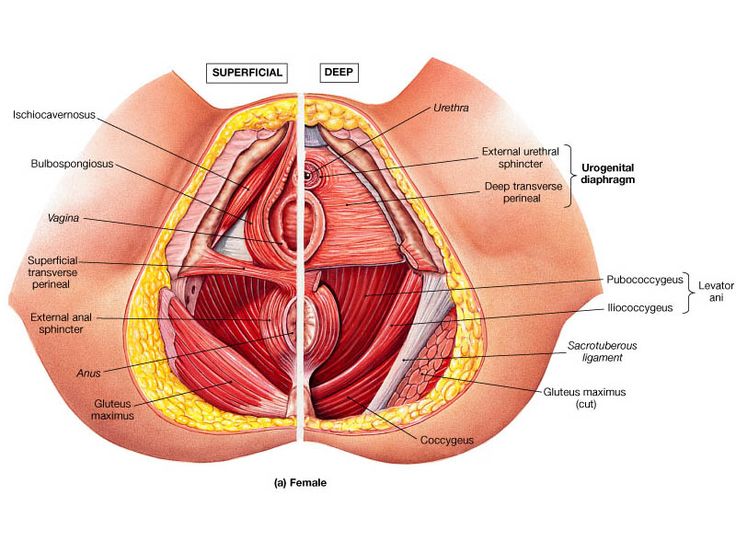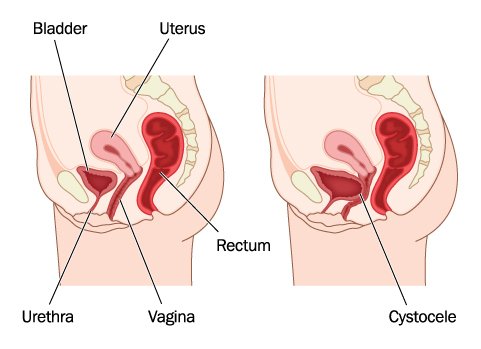In addition to urinary problems significantly more women with the vulvovaginal symptoms than without also had pelvic organ prolapse or faecal incontinence without diarrhoea.
Pelvic floor prolapse causing vaginal bleeding in menopausal women.
But it often affects postmenopausal women who ve had one or more vaginal deliveries.
Vaginal prolapse happens when the muscles that support the organs in a woman s pelvis weaken.
Because the condition causes both vaginal and urinary symptoms doctors use the term genitourinary syndrome of menopause gsm to describe vaginal atrophy and its accompanying symptoms.
Women who ve had more than one vaginal birth or are postmenopausal are at the highest risk.
Uterine prolapse occurs when pelvic floor muscles and ligaments stretch and weaken and no longer provide enough support for the uterus.
The women with the vulva and vaginal symptoms also tended to have more menopausal symptoms other than hot flashes.
Damage to pelvic muscles and tissues during pregnancy and childbirth may also lead to prolapse.
As a result the uterus slips down into or protrudes out of the vagina.
Uterine prolapse can occur in women of any age.
Pelvic organ prolapse pop doesn t always have symptoms.
When it does they depend on what kind of prolapse you have.



















